Building a Home: What Are the Real Costs?
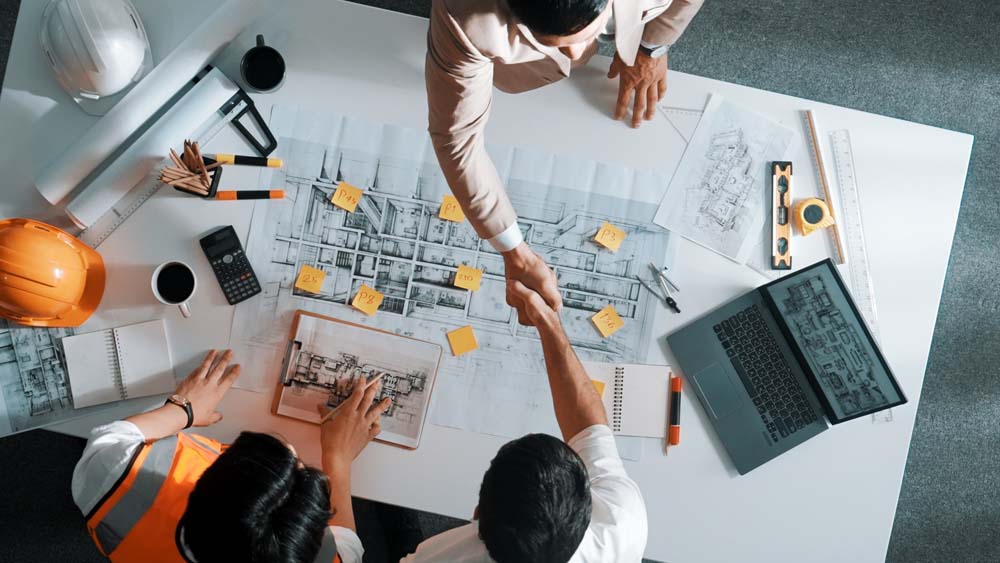
Building a house from scratch is an exciting prospect for many people. It allows you to design your dream home exactly the way you want it. However, the process comes with many considerations, not the least of which is cost. Understanding how much it costs to build a house in the USA is crucial for making informed decisions and ensuring you stay within budget. This guide provides a comprehensive overview of the costs involved in building a home, from land acquisition to finishing touches.
1. Land Costs
Before you can start building, you’ll need a plot of land. Land costs vary greatly depending on the location, size, and demand in the area.
- Urban Areas: Prices can be significantly higher in cities like New York, San Francisco, or Los Angeles due to limited availability and high demand.
- Suburban Areas: Prices may be more moderate, offering a balance between proximity to urban centers and the benefits of a residential neighborhood.
- Rural Areas: Land tends to be more affordable, but additional costs for utilities and access might arise.
Average Cost: Anywhere from $3,000 to $150,000 per acre, depending on location.
2. Pre-Construction Costs
Pre-construction expenses include obtaining building permits, preparing the land, and creating architectural plans.
- Permits: Vary by state and city but can include building permits, zoning permits, and utility permits.
- Site Preparation: This involves clearing and grading the land, which might also include costs for demolishing existing structures.
- Architectural Plans: Hiring an architect or designer to draw up plans tailored to your preferences.
Average Cost: $10,000 to $30,000 for permits and plans.
3. Foundation and Framing
Laying a solid foundation is the next step, followed by framing the structure of the house.
- Foundation: The cost depends on the type (slab, crawl space, or basement) and the size of the home.
- Framing: This includes the skeleton of the house, such as walls, floors, and roof structures.
Average Cost: $35,000 to $50,000 for both foundation and framing.
4. Major Systems Installation
Installing major systems such as plumbing, electrical, and HVAC (Heating, Ventilation, and Air Conditioning) is crucial for a functional home.
- Plumbing: Includes pipes, fixtures, and the water heater.
- Electrical: Covers wiring, outlets, and lighting installations.
- HVAC: Involves heating and cooling systems and ductwork.
Average Cost: $30,000 to $50,000 for all major systems.
5. Interior and Exterior Finishes
Interior and exterior finishes contribute to the aesthetics and livability of your home.
- Interior: Drywall, flooring, paint, cabinets, countertops, and appliances.
- Exterior: Siding, roofing, windows, doors, and landscaping.
Average Cost: $50,000 to $100,000 for finishes.
6. Miscellaneous and Contingency Costs
Miscellaneous costs can arise from unexpected events or changes in plans. It’s wise to set aside a contingency budget for these expenses.
- Contingency Budget: Typically 10-20% of the total construction cost.
Average Cost: $20,000 to $40,000 for contingency.
Total Estimated Cost
The total cost of building a house can vary significantly based on location, size, design complexity, and materials chosen. Here’s a rough estimate:
- Low-End Build: $150,000 to $250,000
- Mid-Range Build: $250,000 to $500,000
- High-End Build: $500,000 and up
Factors Influencing Costs
- Location: Labor and materials cost more in certain areas.
- Size and Complexity: Larger homes with unique designs cost more.
- Material Quality: High-quality materials and finishes increase costs.
- Customization: Custom features and designs add to expenses.
Conclusion
Building a house involves multiple stages and costs that can add up quickly. Understanding these expenses and planning accordingly is essential to avoid financial strain. By considering location, size, design, and material choices, you can better estimate the costs involved and build your dream home within your budget. Consulting with professionals, such as builders and architects, can also provide valuable insights and help you navigate the complexities of home construction.
Whether you’re looking to build a cozy cottage or a luxurious mansion, knowing the costs upfront is key to making your dream home a reality.
Compliments of Virtual Results




 In the world of real estate and interior design, trends come and go, shaping the way we live and interact within our homes. For decades, open floor plans have dominated the residential landscape, praised for their spaciousness, versatility, and modern appeal. But recently, there’s been a noticeable shift, sparking the question: Are open floor plans going out of style, and are closed floor plans making a comeback?
In the world of real estate and interior design, trends come and go, shaping the way we live and interact within our homes. For decades, open floor plans have dominated the residential landscape, praised for their spaciousness, versatility, and modern appeal. But recently, there’s been a noticeable shift, sparking the question: Are open floor plans going out of style, and are closed floor plans making a comeback?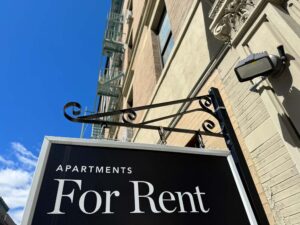 The real estate market in the United States is witnessing a significant transformation in 2024, with build-for-rent (BFR) homes becoming one of the hottest trends. As the demand for rental properties surges, more investors and developers are recognizing the potential of this niche market. So, why are build-for-rent homes gaining popularity, and what makes them an attractive option for both renters and investors?
The real estate market in the United States is witnessing a significant transformation in 2024, with build-for-rent (BFR) homes becoming one of the hottest trends. As the demand for rental properties surges, more investors and developers are recognizing the potential of this niche market. So, why are build-for-rent homes gaining popularity, and what makes them an attractive option for both renters and investors?
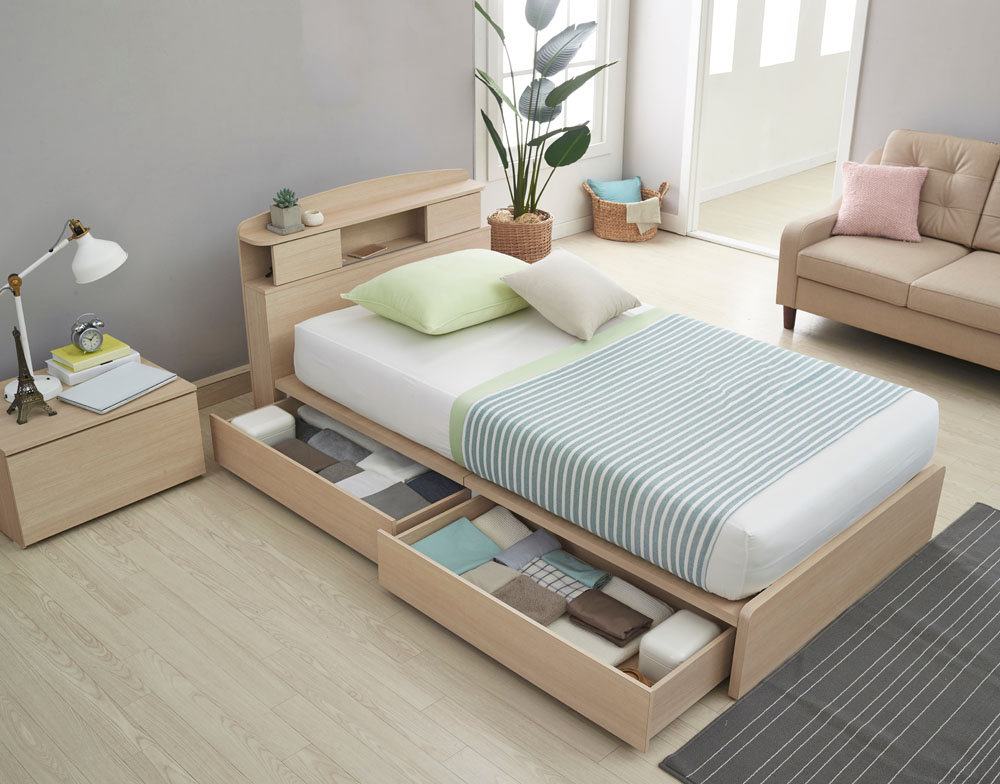
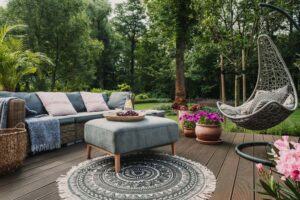 As the line between indoor and outdoor living continues to blur, more homeowners are transforming their outdoor areas into functional and stylish extensions of their homes. Outdoor living spaces not only enhance your lifestyle but also add value to your property. In this ultimate guide, we’ll explore how to create the perfect outdoor oasis that suits your needs, style, and budget.
As the line between indoor and outdoor living continues to blur, more homeowners are transforming their outdoor areas into functional and stylish extensions of their homes. Outdoor living spaces not only enhance your lifestyle but also add value to your property. In this ultimate guide, we’ll explore how to create the perfect outdoor oasis that suits your needs, style, and budget. Investing in real estate has long been considered one of the most reliable ways to build and maintain wealth. Whether you’re a seasoned investor or just starting out, understanding the myriad benefits of real estate investment can help you make informed decisions. Here’s a look at some of the top advantages of diving into the real estate market.
Investing in real estate has long been considered one of the most reliable ways to build and maintain wealth. Whether you’re a seasoned investor or just starting out, understanding the myriad benefits of real estate investment can help you make informed decisions. Here’s a look at some of the top advantages of diving into the real estate market. When it comes to buying or selling a home, partnering with a knowledgeable real estate agent can make all the difference. However, not all agents are created equal, and it’s crucial to ensure your chosen professional is the right fit for your needs. Here are ten essential questions to ask your real estate agent to ensure you make the best decision.
When it comes to buying or selling a home, partnering with a knowledgeable real estate agent can make all the difference. However, not all agents are created equal, and it’s crucial to ensure your chosen professional is the right fit for your needs. Here are ten essential questions to ask your real estate agent to ensure you make the best decision.
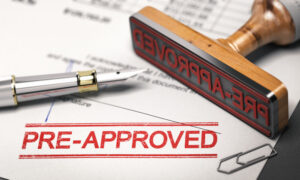 Purchasing a home is a significant milestone, and for many, it represents the culmination of years of hard work and planning. One of the first crucial steps in this process is getting pre-approved for a mortgage. This not only sets your budget but also signals to sellers that you are a serious buyer. Here’s a comprehensive guide on how to get pre-approved for a mortgage, helping you navigate this vital step with confidence.
Purchasing a home is a significant milestone, and for many, it represents the culmination of years of hard work and planning. One of the first crucial steps in this process is getting pre-approved for a mortgage. This not only sets your budget but also signals to sellers that you are a serious buyer. Here’s a comprehensive guide on how to get pre-approved for a mortgage, helping you navigate this vital step with confidence.

 Catch Our Feed
Catch Our Feed Subscribe via Email
Subscribe via Email Follow Our Tweets
Follow Our Tweets Friend Us On Facebook
Friend Us On Facebook Watch Us On Youtube
Watch Us On Youtube